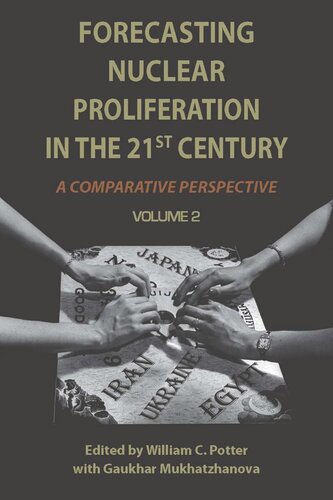

Most ebook files are in PDF format, so you can easily read them using various software such as Foxit Reader or directly on the Google Chrome browser.
Some ebook files are released by publishers in other formats such as .awz, .mobi, .epub, .fb2, etc. You may need to install specific software to read these formats on mobile/PC, such as Calibre.
Please read the tutorial at this link: https://ebookbell.com/faq
We offer FREE conversion to the popular formats you request; however, this may take some time. Therefore, right after payment, please email us, and we will try to provide the service as quickly as possible.
For some exceptional file formats or broken links (if any), please refrain from opening any disputes. Instead, email us first, and we will try to assist within a maximum of 6 hours.
EbookBell Team

4.0
46 reviewsThis volume provides the most comprehensive and authoritative projections of nuclear proliferation over the next decade and offers a range of practical nonproliferation measures. The authors address a set of overarching questions regarding the propensity of selected states from different regions of the world to "go nuclear," the sources of national decisions to do so, and the potential for one state's proliferation behavior to impact on that of other states. In addition, authors address the most effective policy tools available for impeding nuclear weapons spread. Although this volume is not the first effort to look systematically and comparatively at nuclear decision-making, it is unique in its combination of future orientation, comparative perspective, and emphasis on harnessing the insights from social science theory and country case studies to aid policy makers in forecasting nuclear proliferation developments.